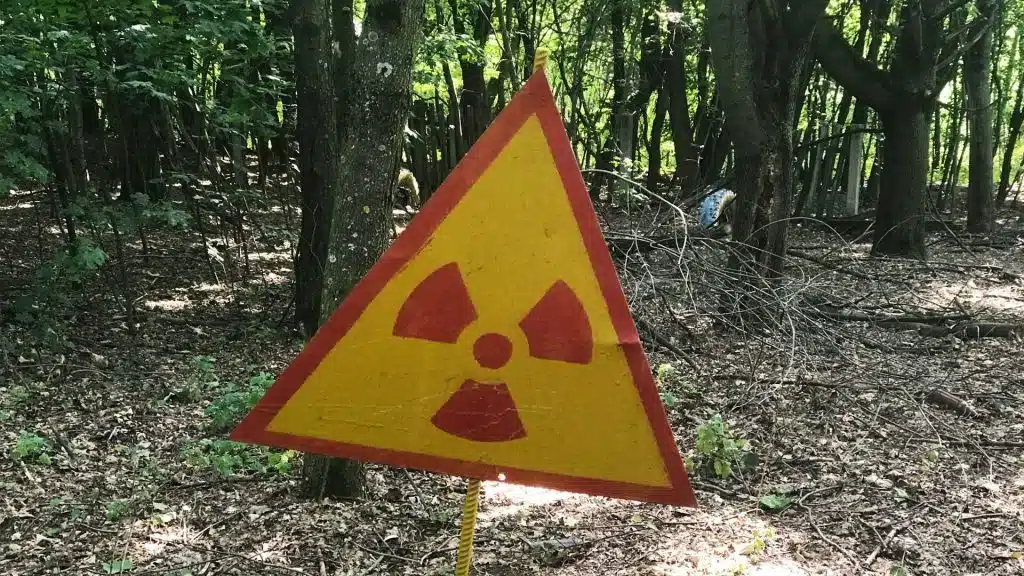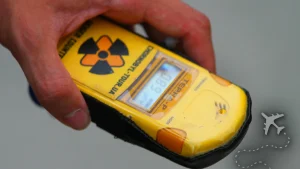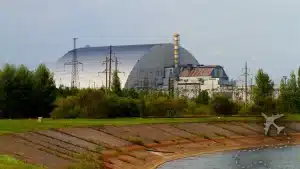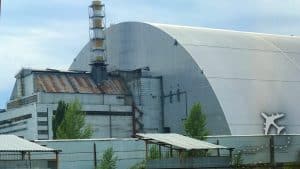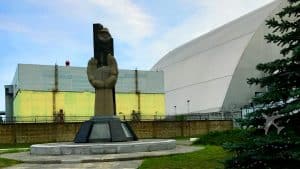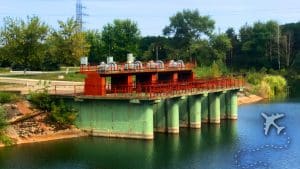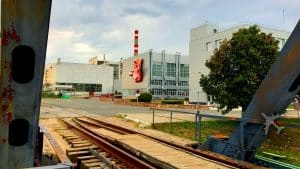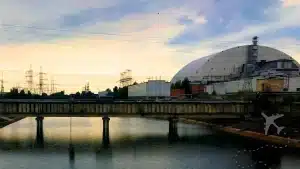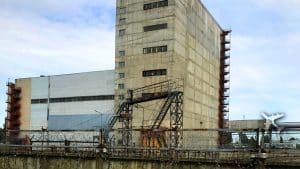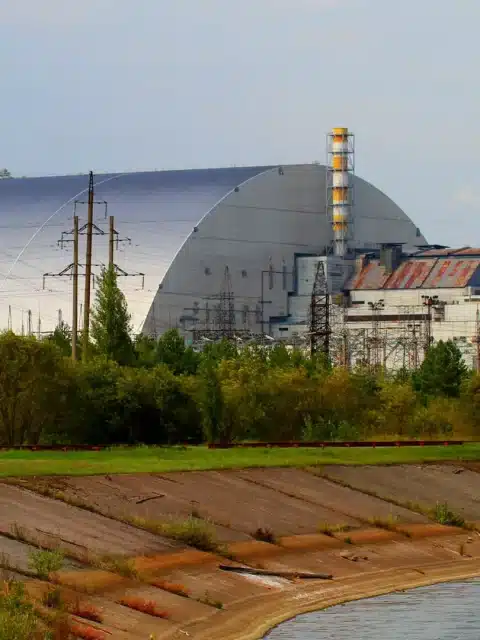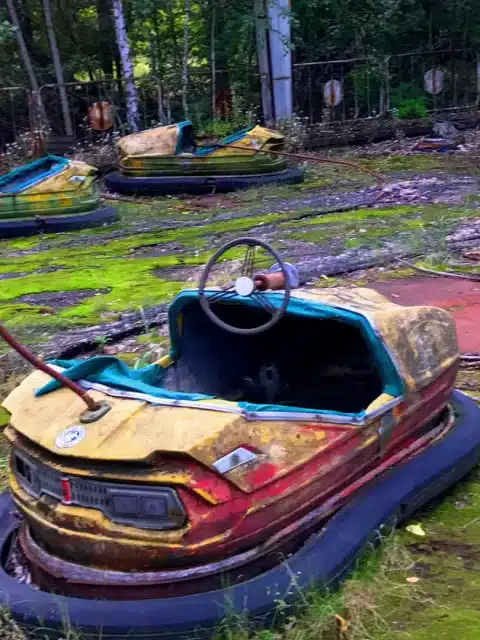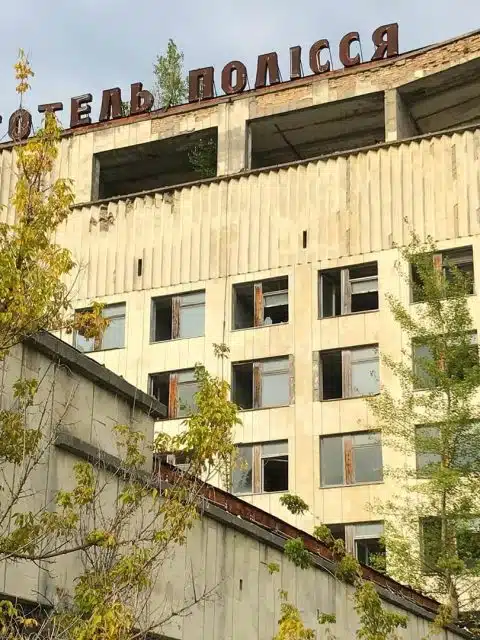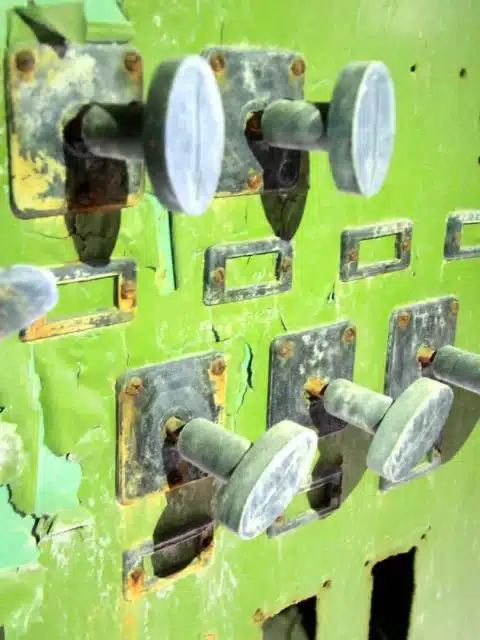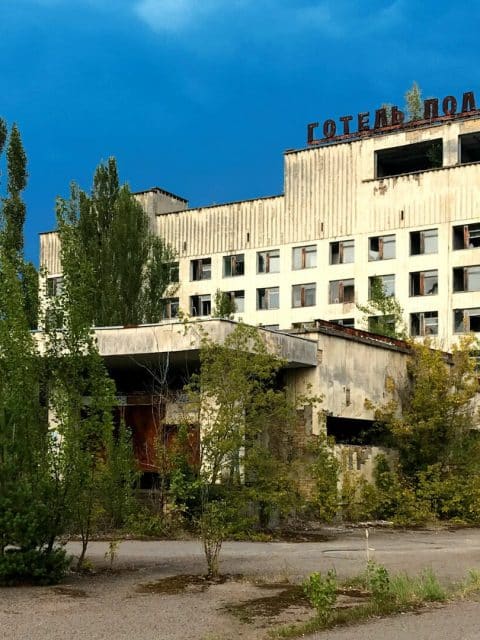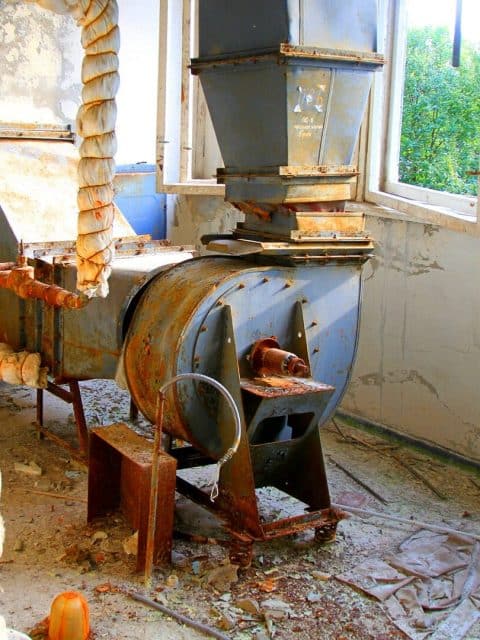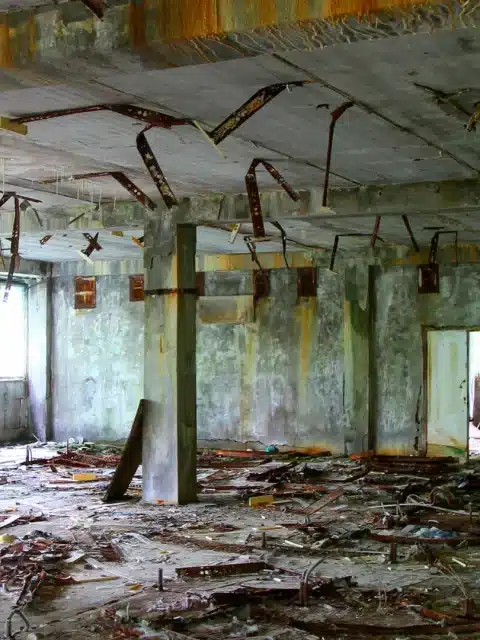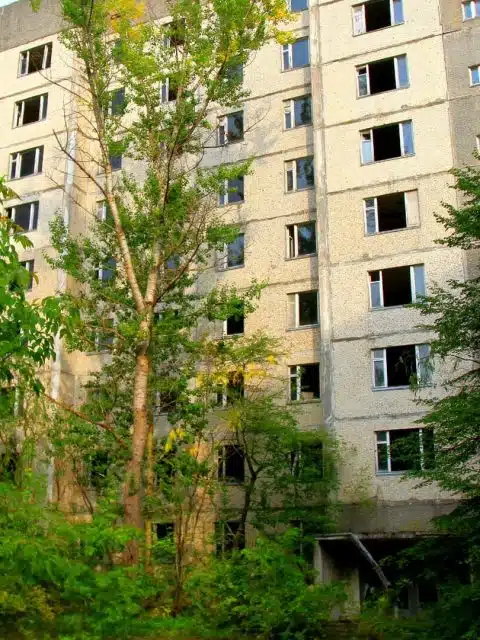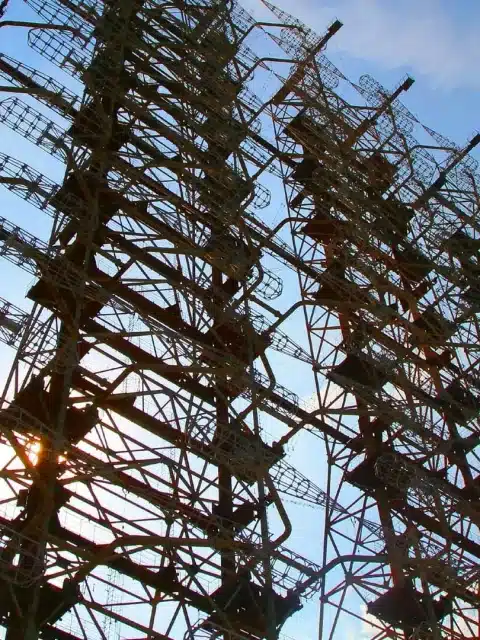Chernobyl Nuclear Plant Reactor #4: Exploring History’s Legacy
The Chernobyl Nuclear Power exploded on April 26, 1986 and remains a dangerous and highly contaminated site!
The Chernobyl Nuclear Power Plant (ChNPP) site is adjacent to the now abandoned town of Pripyat in the former Soviet Union. April 23, 1986, started like any typical day, but at 01:23 a reactor test failed, causing a massive explosion that destroyed reactor unit 4 and the surrounding building (I’m no scientist, but radioactivity without containment usually means terrible things).
You can’t see or smell radiation; It is invisible and deadly. In the days/weeks after the explosion, hundreds of thousands of civil and military personnel called “liquidators” performed heroic efforts to extinguish the fires, remove radioactive debris and begin the process to seal the building and exposed core.
Containment efforts in 1986 were the most “advanced” engineering solutions and technology available at the time (basically, that means shit wasn’t built well). They made a shell around unit 4 called “the sarcophagus” that everyone hoped would last long enough to build a more permanent, long term confinement structure.
Construction began in 2010 on the “new safe confinement structure” (I guess marketing wasn’t involved with the brand name of this). The structure had 5 primary goals:
- Convert the destroyed ChNPP Unit 4 into an environmentally safe system.
- Reduce corrosion and weathering of the existing shelter and the Unit 4 reactor building.
- Mitigate the consequences of a potential collapse of either the existing shelter or the Unit 4 reactor building, particularly in terms of containing the radioactive dust that would be produced by such a failure.
- Enable safe demolition of unstable structures (such as the roof of the existing shelter) by providing remotely operated equipment for their destruction.
- Qualify as a Nuclear entombment device.
- Construction finished in 2017 and was pretty neat to see up close without glowing.
Through the viewfinder
Chernobyl Nuclear Power Plant Uncensored
The Chernobyl Nuclear Power Plant is a relatively boring dark tourism destination to visit. Access is limited and controlled to ensure visitors remain safe. You’ll get a few nifty pictures of the new safe confinement structure which is like taking a picture of your shed in your back yard.
Yes, there are animals there and they are radioactive. No, you can’t pet them.
Frequently Asked Questions
Special permission is required to enter the exclusion zone. It should be noted that a few friends with Russian passports have attempted to visit the exclusion zone and they were denied entry.
All guided tours keep visitors away from the most radioactive sites. Tours require long sleeves and long pants to reduce and limit the exposure to radioactivity in the environment. Most moderate-high levels of radiation are marked with signs to warn visitors.
You won’t be able to tour the power plant, however there are numerous tour operators based in Kiev who will take you to all the major points of interest in and around the Chernobyl exclusion zone.
Everything you need to know before you visit the Chernobyl Nuclear Power Plant
CURRENT WEATHER
scattered clouds (16 C / 61 F)AIR QUALITY
Good (12)GPS COORDINATIONS
51.3886, 30.0971
HIGH SEASON (MOST EXPENSIVE)
July – August
LOW SEASON (LEAST EXPENSIVE)
September – June


